Diamonds have long captured the human imagination, symbolizing wealth, power and eternal love. Known as the hardest natural substance on the planet, diamonds are more than beautiful; they are also one of the most sought after gems in the world. This blog delves into the world of diamonds, exploring their types, origins, historical significance and why they are so valuable.
Types of Diamonds: A Comprehensive Table
Below is a table of different types of diamonds, detailing their origins, mines, when they were discovered, and their colors:
| Diamond Type | Origin | Colors |
| Natural Diamond | Africa, Russia | Colorless, Yellow, Blue, Pink |
| Synthetic Diamond | USA, China | Colorless, Yellow, Green |
| Fancy Colored | Australia, India | Pink, Blue, Red, Yellow |
| Industrial Diamond | Worldwide | Gray, Brown |
| Black Diamond | Brazil, Central Africa | Black |
| Carbonado Diamond | Brazil, Central Africa | Black, Gray |
| Conflict-Free Diamond | Canada, Botswana | Colorless, Yellow |
Description of Diamond Types
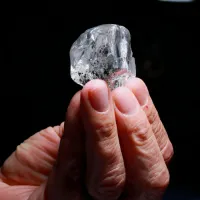
Natural Diamonds
Normally natural diamonds are formed inside of the Earth billions of years ago. These gems are only made possible by high pressure and intense heat. These diamonds are dug up in Africa, Russia and elsewhere.
Cullinan Mine, South Africa, for instance, is one of the most famous mines. The mine is famous for producing some of the world’s largest diamonds. Natural diamonds are rare, beautiful and possess great value. In these, colorless diamonds are the most valuable.
Synthetic Diamonds
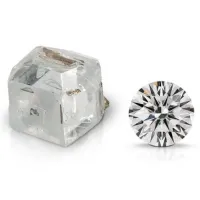
Lab created diamonds or synthetic diamonds are those diamonds which are made through enhancement technology. These processes simulate the environments at which natural diamonds are created.
Synthetic diamond was first produced in the United States in 1954. Natural diamonds as an alternative are these diamonds, that have similar physical properties and are a more affordable option. They don’t have the same rarity of natural diamonds, but they are more seen as ethical, since no mining takes place.
Fancy Colored Diamonds
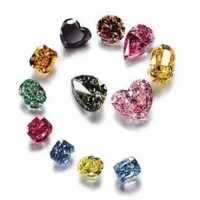
Some of the most sought after gemstones are fancy colored diamonds, which are the rarest in the world. The locations they are mined at are the Argyle Mine in Australia and the Golconda Mine in India.
Their value rises with the intensity of their color, but they come in many shades of pink, blue, yellow, and red. These diamonds are a dime a dozen in their beautiful and rare uniqueness.
Industrial Diamonds
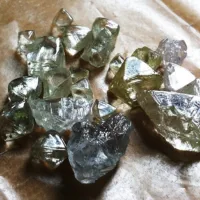
Industrial diamonds are used in a number of industries because of their hardness. Gray and brown diamonds like these are not jewelry quality.
These are mined worldwide and are required for cutting, grinding and drilling. These are key construction and manufacturing diamonds..
Black Diamonds
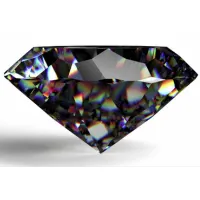
Our black diamonds are respectively called Carbonado, known for their dark and mysterious appearance. They were first found in the 20th century, mainly from Brazil and Central Africa.
While they can’t be called as valuable as traditional diamonds, their unusual look made them popular in modern jewelry designs.
Conflict-Free Diamonds
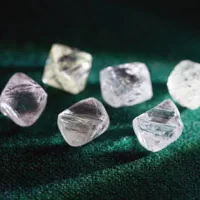
Diamonds from these mines come from sources that adhere to strictly ethical standards. It calls these diamonds not linked to financing armed conflicts and a more responsible choice for the consumer.
Conflict free diamonds are largely produced by Canada and Botswana. Sources like Ekati and Orapa are important mines. Socially conscious buyers are interested in these diamonds.
History of Diamonds
Diamonds have a history that goes back many thousands of years. Found initially in India, especially in the Golconda region, the first diamonds were more than 2,000 years ago. Used in religious and ceremonial items it was a gem that was very much treasured by royalty.
In the 18th century, diamonds from Brazil took over the diamond trade from India to South America. But in the 19th century large diamond deposits were found in South Africa and the global diamond industry was revolutionised.
The largest gem quality diamond found, is a 3,106 carat Cullinan Diamond discovered in 1905 in South Africa.
Mines and Their Significance
Mining plays a crucial role in the diamond industry. Some of the most famous diamonds in history were discovered in specific mines. The Cullinan mine in South Africa is known for producing the Cullinan diamond, while the Argyle mine in Australia is famous for its pink diamonds. India’s now depleted Golconda mine was once the source of the world’s most famous diamonds, including the Koh-i-Noor.
The value of a diamond is often linked to its provenance, with diamonds from certain mines being more valuable for their historical significance or unique properties.
Why Diamonds Are Valuable
Diamonds are valuable for many reasons, including their rarity, durability and beauty. The “Four Cs” (size, color, clarity and carat weight) are the main factors that determine the value of a diamond. Diamonds that shine in these four categories are considered the most valuable.
In addition to their physical properties, diamonds have cultural significance. They are often associated with love and devotion, making them the preferred choice for engagement rings and other important jewelry.
FAQs About Diamonds And Its Types
Diamonds are typically categorized into four types based on their chemical composition and color origin: Type Ia, Type Ib, Type IIa, and Type IIb. Each type has unique characteristics that affect clarity, color, and rarity.
Type IIb diamonds are among the rarest. They contain boron, which gives them a natural blue or gray-blue hue. These diamonds make up less than 0.1% of all natural diamonds.
Yes. Synthetic diamonds, also known as lab-grown diamonds, are real diamonds. They have the same physical, chemical, and optical properties as natural diamonds, but are created in laboratories.
You need a gemological laboratory report (such as from GIA or IGI) to determine a diamond’s type. Advanced equipment is used to analyze the diamond’s atomic structure and chemical impurities.
Yes. Rare types like IIa and IIb command higher prices due to purity and scarcity. Color and clarity influenced by type also impact a diamond’s market value.
For engagement rings, Type Ia diamonds are most common due to availability and affordability. However, Type IIa diamonds are prized for their clarity and are often chosen for premium custom rings.
Colored diamonds are called fancy color diamonds. They come in hues like pink, blue, yellow, and green. The color is caused by trace elements or structural anomalies during formation.
Conclusion
Diamonds have fascinated people for centuries, from the ancient Golconda diamonds in India to the modern conflict-free diamonds from Canada. Their timeless beauty, combined with their exceptional durability, ensures that diamonds will remain one of the most precious gems for generations to come.
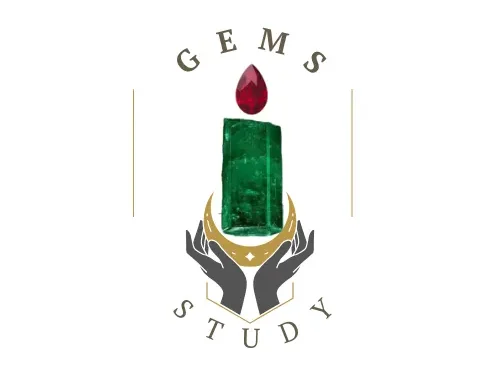
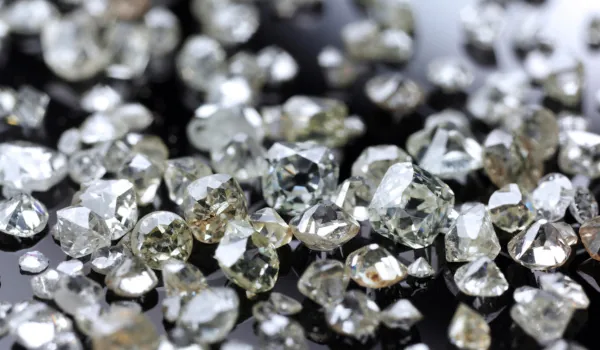
6 comments
Valuable information. Lucky me I found your site by accident, and I’m shocked why this accident didn’t happened earlier! I bookmarked it.
also share this with friends
Very efficiently written story. It will be beneficial to anyone who employess it, as well as myself. Keep doing what you are doing – can’r wait to read more posts.
Thank you so much for your kind words! I’m really glad to hear the content is helpful to you. It means a lot and motivates me to keep sharing more valuable insights about gemstones and jewelry. If there’s any specific topic you’d love to see covered next, feel free to let me know. Looking forward to having you around for more posts!
Some genuinely good info , Sword lily I discovered this. “Without discipline, there’s no life at all.” by Katharine Hepburn.
Thank you so much! 🌸 I’m really glad you found the info helpful—and what a powerful quote you shared. Katharine Hepburn had it right—discipline is key, just like understanding the true value of gemstones takes patience and learning. Feel free to explore more guides on GemsStudy—I’m always adding new content for gem lovers and curious minds alike. ✨ Would love to hear what topics you’d like to see next!